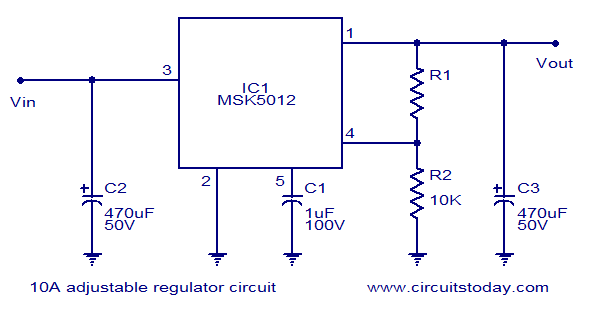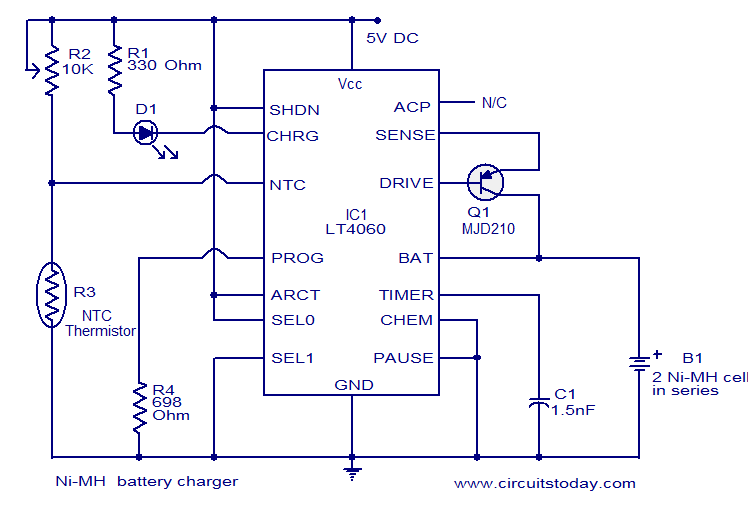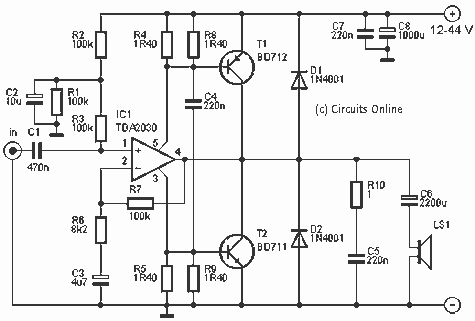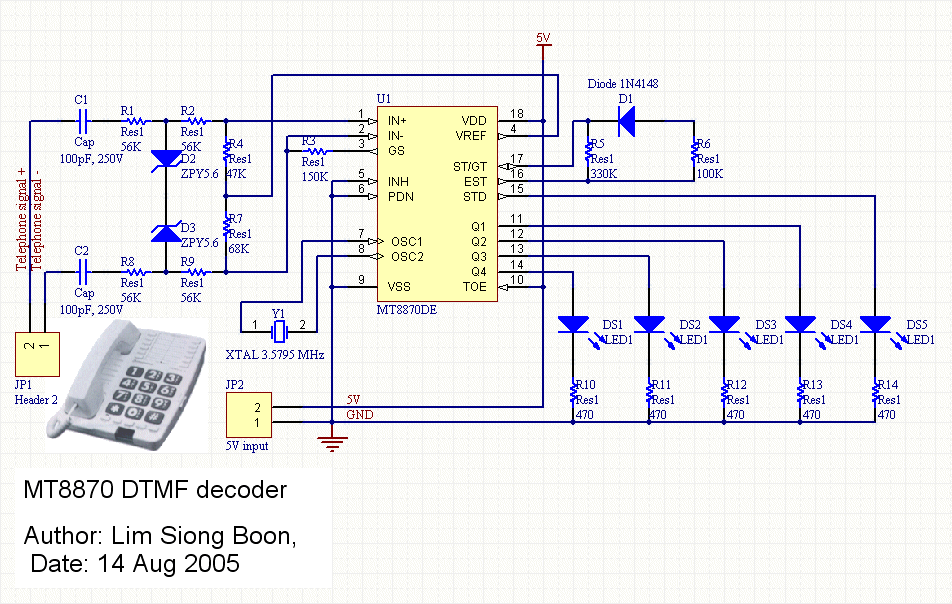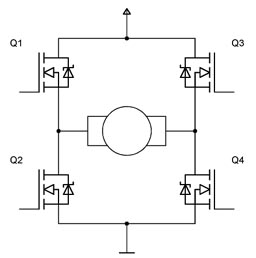
Combinational Logic Circuits using Logic Gates
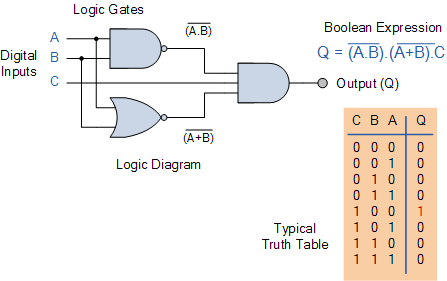
Electronics tutorial on combinational logic circuits that utilize logic gates to create multiplexers, encoders, and solid-state switches.
Combinational logic circuits are fundamental components in digital electronics, characterized by their ability to produce outputs based solely on the current inputs, without any memory of past inputs. These circuits employ various logic gates, such as AND, OR, NOT, NAND, NOR, XOR, and XNOR, to perform logical operations and implement complex functions.
Multiplexers, also known as data selectors, are devices that take multiple input signals and select one of them to be sent to the output based on the values of select lines. A typical multiplexer is designed with a specific number of inputs and outputs, along with control lines. For example, a 2-to-1 multiplexer has two input lines, one output line, and one control line. The output reflects the value of the selected input, depending on the state of the control line.
Encoders are another type of combinational logic circuit that converts input signals into coded output signals. For instance, a binary encoder takes multiple input lines and produces a binary representation of the active input. A common example is the 4-to-2 encoder, which has four input lines and produces a two-bit binary output corresponding to the active input line.
Solid-state switches utilize similar principles as traditional mechanical switches but are based on semiconductor devices. These switches can control the flow of current in a circuit with high reliability and speed, making them ideal for applications in automation and control systems. Solid-state switches can be implemented using transistors or other semiconductor devices, providing advantages such as reduced wear and tear compared to mechanical switches.
Overall, the study of combinational logic circuits and their applications in multiplexers, encoders, and solid-state switches is crucial for designing efficient digital systems and contributes significantly to advancements in electronics and computing technology.Electronics Tutorial about Combinational Logic Circuits that use Logic Gates to make Multiplexers, Encoders and Solid State Switches.. 🔗 External reference
Combinational logic circuits are fundamental components in digital electronics, characterized by their ability to produce outputs based solely on the current inputs, without any memory of past inputs. These circuits employ various logic gates, such as AND, OR, NOT, NAND, NOR, XOR, and XNOR, to perform logical operations and implement complex functions.
Multiplexers, also known as data selectors, are devices that take multiple input signals and select one of them to be sent to the output based on the values of select lines. A typical multiplexer is designed with a specific number of inputs and outputs, along with control lines. For example, a 2-to-1 multiplexer has two input lines, one output line, and one control line. The output reflects the value of the selected input, depending on the state of the control line.
Encoders are another type of combinational logic circuit that converts input signals into coded output signals. For instance, a binary encoder takes multiple input lines and produces a binary representation of the active input. A common example is the 4-to-2 encoder, which has four input lines and produces a two-bit binary output corresponding to the active input line.
Solid-state switches utilize similar principles as traditional mechanical switches but are based on semiconductor devices. These switches can control the flow of current in a circuit with high reliability and speed, making them ideal for applications in automation and control systems. Solid-state switches can be implemented using transistors or other semiconductor devices, providing advantages such as reduced wear and tear compared to mechanical switches.
Overall, the study of combinational logic circuits and their applications in multiplexers, encoders, and solid-state switches is crucial for designing efficient digital systems and contributes significantly to advancements in electronics and computing technology.Electronics Tutorial about Combinational Logic Circuits that use Logic Gates to make Multiplexers, Encoders and Solid State Switches.. 🔗 External reference
